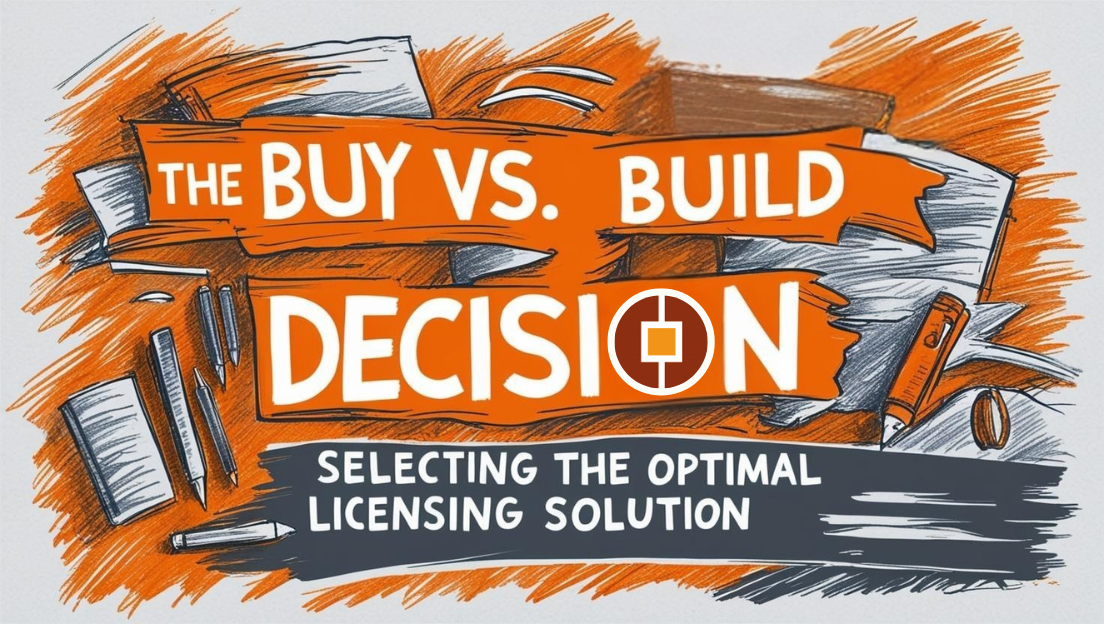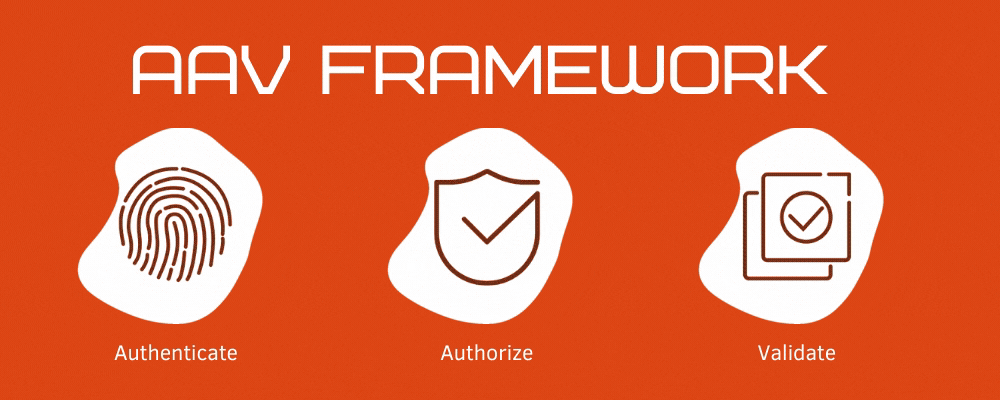Paywall – making users pay for what they see online

A question which has often presented itself to the producers of News and Media content for the internet is how to make their work pay in an environment where the expectation is that all content can be easily accessed and most of the time for free. Consumers are naturally drawn to the content which is readily available and free. If they can find a free alternative, then they will stop paying for a service. That is, unless the quality of the paid service is of a good enough value, and a high enough quality that the consumer will be prepared to pay.
The most successful examples of uses of a paywall have actually come from organisations who had built their brand in more traditional methods. The aggressive nature of internet marketing means that in order to bring your potentials customers beyond the paywall it is necessary to offer them just enough content for free, to tempt them into paying for the full experience.
Newspapers such as The New York Times in America and both The Times and The Sun in the UK, have implemented paywalls to some notable success. It is considered by some that the only really effective route that newspapers can take to maintain financial stability, by adding additional income on top of advertising revenue.
By forcing users to pay for the content, these websites have seen a decline in their overall readership. However, the impression which these companies have given regarding the success of the paywall model is that the loss in advertising revenue by reduced ‘Clicks’ have been more than compensated for by the money which has been made both from subscriptions as well as the added ability to use subscribers information to offer more directly targeted marketing mails and adverts when they are on the sites.
The significant success of this business model for the newspaper industry is an important indicator of how money can be made from news content in the internet age.
However, that isn’t to suggest that the paywall is a business model that can only be made effective by such companies. With the right approach and marketing a paywall can be an extremely profitable way to run a business.
The differences between a ‘Hard’ and ‘Soft’ paywall are important to consider when you are looking at this as an option for your website. A ‘hard’ paywall blocks out almost all of the content exclusively to subscribers, offering only a handful of samples and teasers to people who are not yet paid-up subscribers. A ‘soft’ paywall is, as the name suggests, a softer approach where a certain amount of content is made available for free, with the premium content reserved for those who have paid.
The logistics of setting up a paywall on your website are easier than you might think. A number of Content Management Systems (CMS) such as the highly popular WordPress have effective and intuitive means of implementing paywalls at different levels of your website.
The ‘million dollar question’ of whether or not to implement a paywall is one which only the business owner can really answer. It is, like everything in business a risk; but one which can see significant rewards if you are successful.
Do you use a paywall on any of your websites? How as it affected your business? Let us know in the comments below.
Image Credits: © 3Dmask - Fotolia.com





